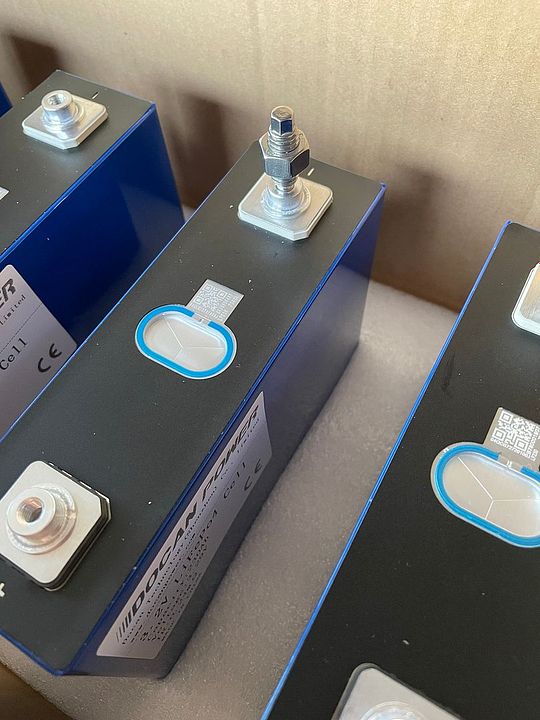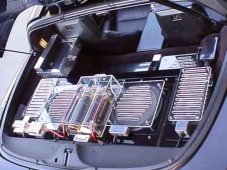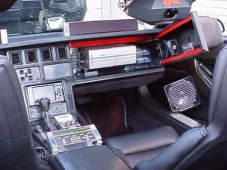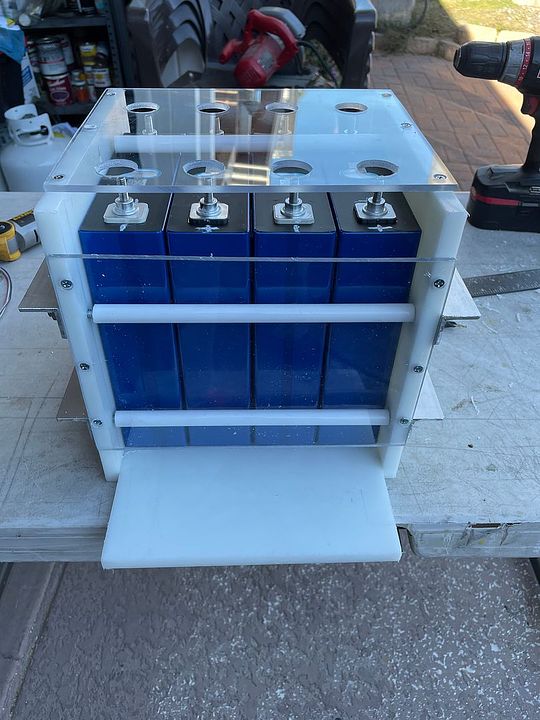Thanks!
My thoughts...as a noob:
It's lexan - polycarbonate, three times stronger than acrylic. I can replace it with non-countersunk if it becomes an issue, but wanted a flush appearance. It would have been just as easy to use round-head screws, considered it. I build a lot with wood - boats, cabinets, etc., and it's natural to countersink and plug. Old habits die hard.
Everywhere I searched said fuse comes before switch. Everywhere. It was a quandary. I even asked and got no replies. It's really there to protect the battery, and really that's the BMS's job. The only other thing on that leg is the charger and it has it's own 70A fuse. If the feed wire shorts when the battery switch is off it will blow the fuse to the charger if it's on, I suppose.
Yes, double crimp. Fits better on those smallish 6mm posts. I bought SS 8mm adapters but they're too tall and didn't like the way they fit over the very small contacts on the cells. Overkill/JBD actually recommend TRIPLE crimps to the cells.I was going to buss the two posts on the bms and use a single 4awg wire, then decided it would be easier and cleaner to utilize two 6awg leads. Spec calls for 3@10awg or optional 8awg. Pos is 2awg all the way to distribution blocks. BMS build options are: no wires, 3@10awg,3@8awg, 12 or 24" leads, or 6mm screw posts. I figured I could make my own custom leads, hence....
Remember, this is a 120A bms, a 600w inverter is the highest load - the rest is lighting, fridge board, water pump, furnace blower. It replaces two GC2's.
Adapters from Pegasus racing I didn't use:

I've had Lexan crack (allot).
For the counter sunk screws you may have some luck with Nylon Shoulder Bushings to keep the screw threads away from the Lexan
Disconnect first so nothing / zero / zip is live when working on it.
I hate those terminals. Would be better if there's a battery clamp that fit. For decades 3M has tried to come up with a long term connection that allows bare copper and alum to be in contact with each other. At this point crimping (excludes O2 and H2O) is the only method that works.
Tin plating works but the aluminum and copper are not in contact with each other.
Shoot it with a thermal camera when it under load every so often to keep an eye on it.






